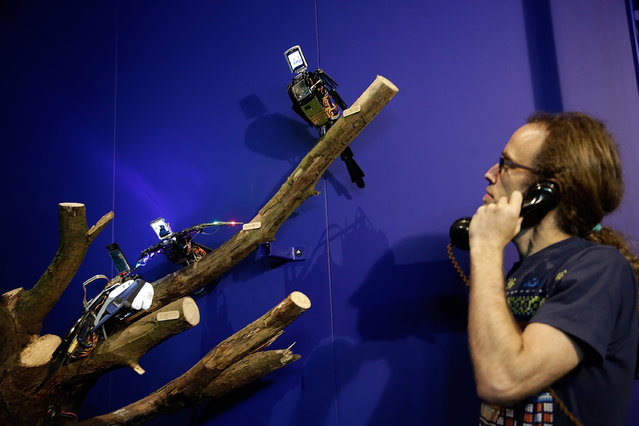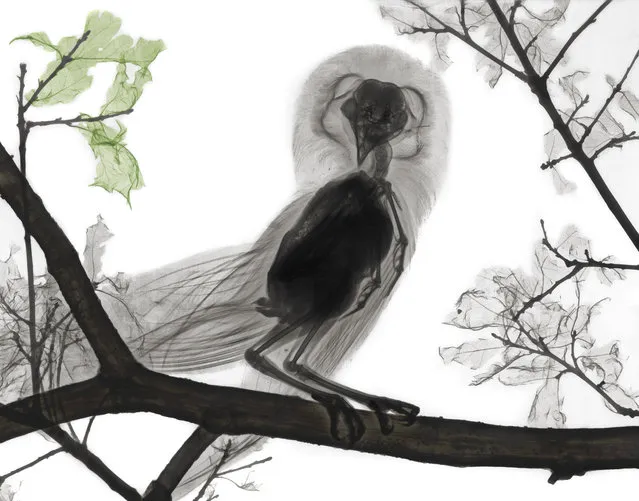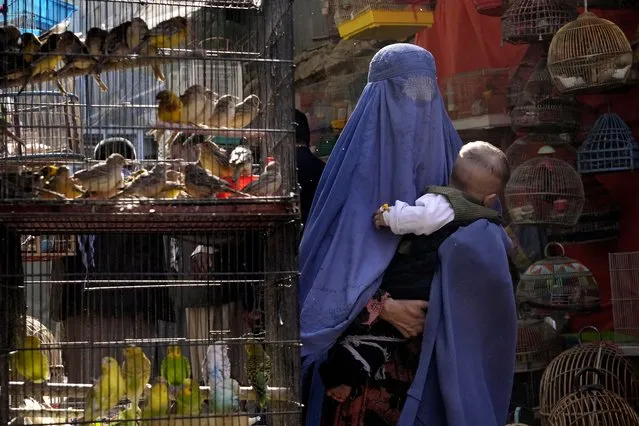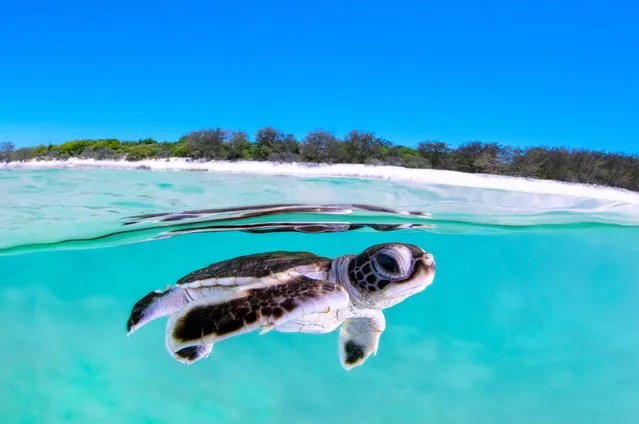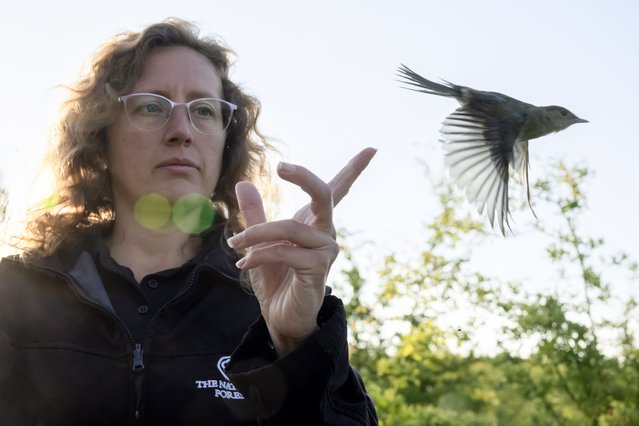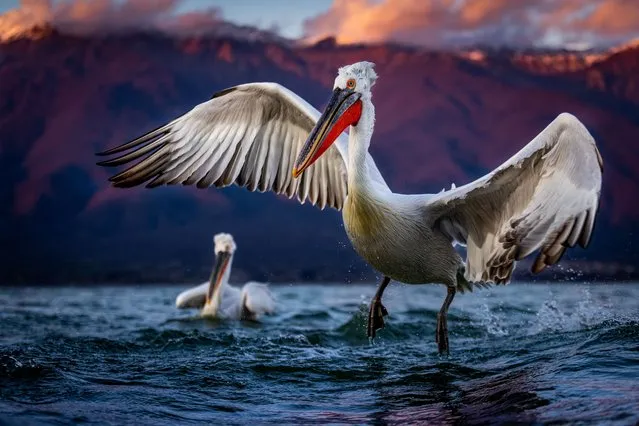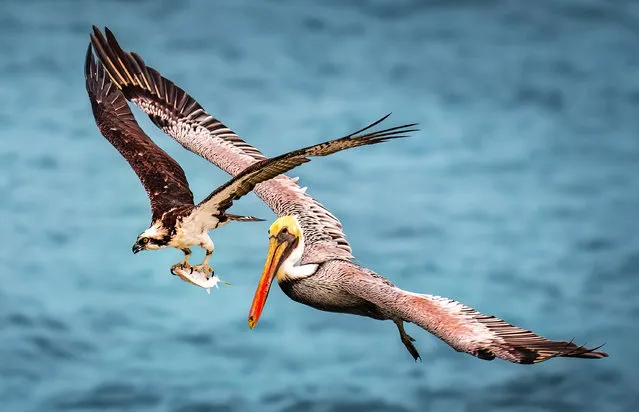
A former paratrooper demonstrates his strength and skills while lifting a chair during the celebrations for the Paratroopers Day at the Central park in the Siberian city of Krasnoyarsk, Russia, August 2, 2015. Paratroopers are an elite unit of the Soviet Army, and everyone in the country recognize their blue berets. (Photo by Ilya Naymushin/Reuters)
03 Aug 2015 12:13:00,post received
0 comments

